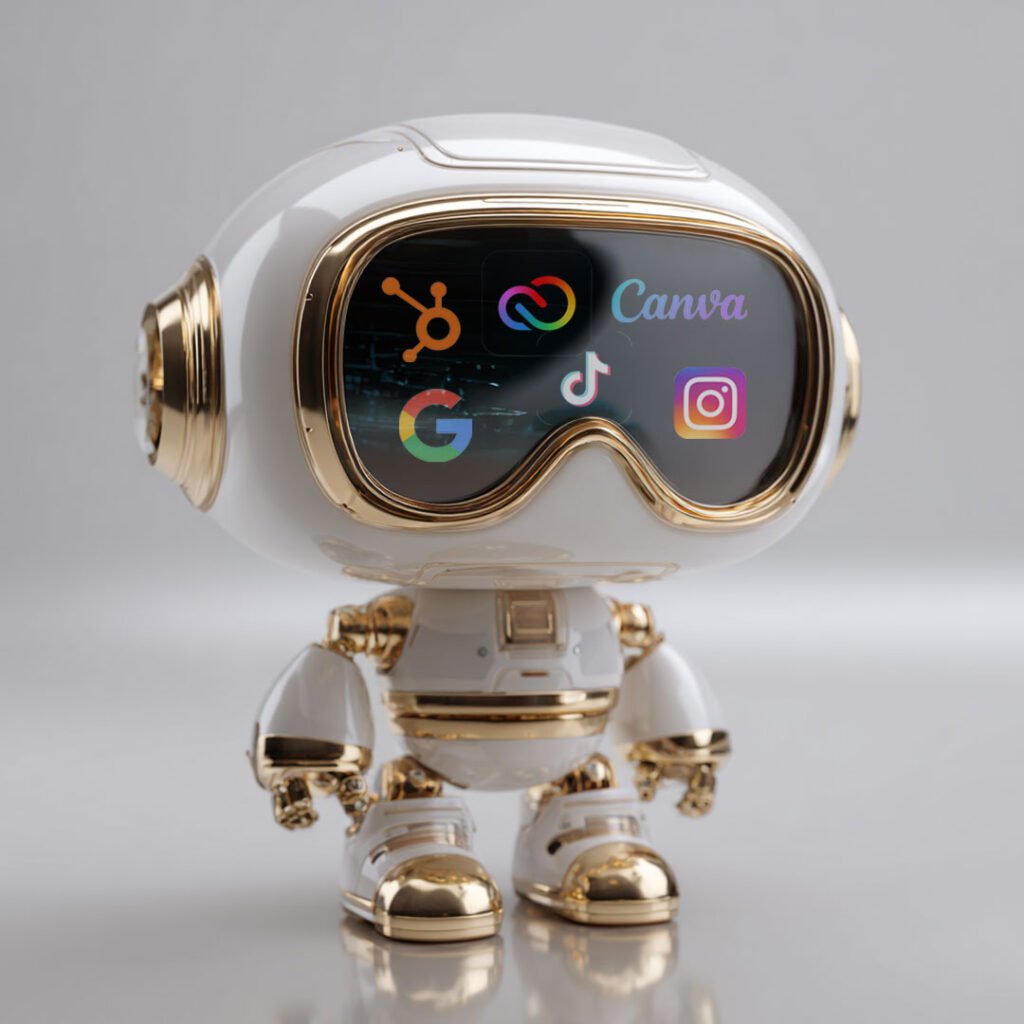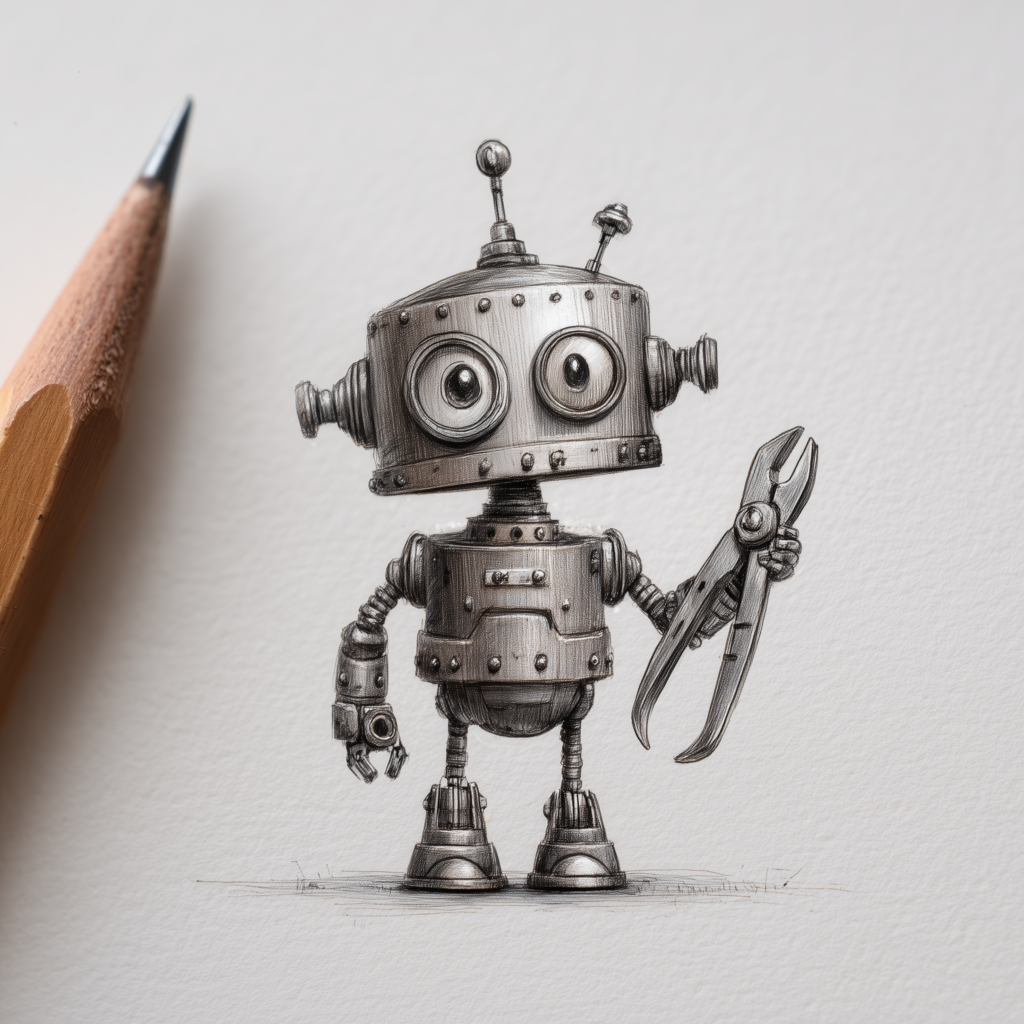Why Branding Feels Intangible—But Isn’t
Branding is often dismissed as a “soft” investment because it doesn’t produce immediate revenue like ads or sales outreach. But in reality, your brand frames how every other marketing, sales, and customer experience effort performs.
It’s not whether branding has ROI—it’s how you define and measure it.
Strong branding creates:
-
Recognition (people know you)
-
Reputation (people trust you)
-
Recall (people remember you when it matters)
These elements directly influence customer behavior—and behavior is measurable.
5 Ways to Measure the ROI of Branding
1. Brand Awareness and Search Volume
Track direct traffic, branded keyword searches, and share of voice. These signals reflect whether your brand is top of mind.
Tools to use:
-
Google Search Console
-
Brand tracking surveys
-
SEMrush or Ahrefs for branded keyword growth
2. Customer Retention and Loyalty
A strong brand increases customer stickiness. If you’re seeing repeat purchases or long-term engagement, branding is doing its job.
Metrics to watch:
-
Repeat purchase rate
-
Customer lifetime value (CLV)
-
Net Promoter Score (NPS)
3. Conversion Rate from Brand-Led Channels
If your brand positioning resonates, your content, landing pages, and even organic posts will convert better.
Track:
-
Conversion rate from direct traffic
-
Engagement with brand campaigns
-
Influencer or brand-collab ROI
4. Pricing Power
Customers pay more for brands they trust. If your brand allows you to charge premium prices or defend margins without resistance, that’s ROI.
Indicators:
-
Discounting frequency vs. competitors
-
Win/loss analysis tied to brand perception
-
Feedback about “value” in reviews
5. Sales Cycle Efficiency
A strong brand shortens the time it takes to turn interest into action.
Look for:
-
Faster close rates
-
Fewer objections
-
Improved lead quality
These may not appear in Google Analytics—but they’ll show up in your CRM or conversations.
Brand ROI Is a Long-Term Play
Branding compounds over time. Unlike performance marketing, it doesn’t spike—it builds. That’s why it’s easy to overlook when short-term metrics dominate the dashboard.
But over time, branding reduces acquisition costs, increases customer value, and improves marketing performance across every channel.
How to Know If Your Brand Strategy Is Working
Ask:
-
Are we attracting the right people?
-
Are they buying for the reasons we intended?
-
Are they staying longer, referring others, or coming back?
-
Are they describing us the way we want to be perceived?
If the answer is “yes” to those questions, your brand strategy is delivering ROI—even if the value doesn’t show up in a single number.
You Can’t Improve What You Don’t Measure
Even the most intangible brand traits can be tracked through behavior. The key is connecting those behaviors to business goals.
Branding isn’t fluff. It’s a multiplier.
Need Help Quantifying Your Brand’s Value?
If your leadership team wants proof that your brand strategy is paying off—or you’re unsure what to measure next—I can help translate brand equity into actionable metrics.





